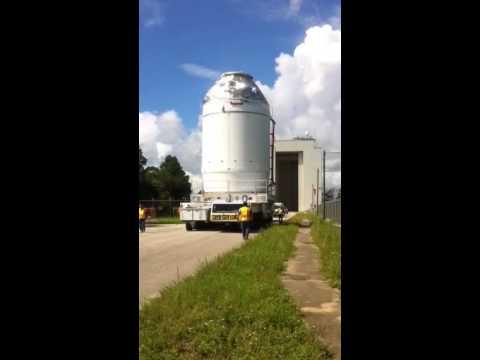Outer Space & Universe
Outer Space & Universe
Space, also known as outer space, is the near-vacuum between celestial bodies. It is where everything (all of the planets, stars, galaxies and other objects) is found.
On Earth, space begins at the Kármán line (100 km above sea level). This is where Earth's atmosphere is said to stop and outer space begins. This is not a firm boundary but is a convention used by scientists and diplomats.
Items in space are free to move back and forth; up and down; and left and right. These three dimensions are what make 3D space. Items also move forward through time, which is sometimes called the fourth dimension.
The majority of space contains very little matter and so most of it is a vacuum. Scientists do not know how big space is but we do know that space is extremely big, and is always expanding.
According to the big bang theory, all matter and energy in the Universe was compressed into a very small space. Then it exploded and started expanding. Space is still growing in size today; this means the distance from one galaxy to distant galaxies is getting longer.
Gravity is the force that keeps the Moon in orbit around the Earth and the planets in orbit around the Sun. Gravity can stretch and bend space similar to how a heavy ball placed on a stretched sheet of rubber will cause the rubber to stretch. The scientist who discovered that space can bend is named Albert Einstein. How gravity bends space is part of his theory of general relativity.
Astronauts, Cosmonauts, Taikonauts and Spationauts
An astronaut is any person who is trained by NASA to travel and perform tasks in space. Although the space traveler may not necessarily be a United States citizen, each astronaut does go through a rigorous training regiment by the National Aeronautics and Space Administration. Other space travelers go by other names then astronaut depending on their country of origin.
In the United States, astronaut is derived from the Greek words ástron (star) and nautis (sailor). While, in Russia, a space traveler goes by the name космонавт (English: cosmonaut), which is derived from the Greek words kosmos (universe) and nautis (sailor). Westerners call a space traveler from China a taikonaut, based on the 1998 writings of Chiew Lee Yik and Chen Lan where the term tàikōng (great emptiness), Chinese for “space”. In China, the term yuháng yuán (universe navigator) is used for space traveler.
Only the United States of America (United States), Russia (earlier, the Union of Soviet Socialist Republics), and the People’s Republic of China (China) have sent manned spacecraft into space. Other countries have assisted these countries by sending their own space travelers on space missions. For instance, a French space traveler is called a spationaut (from the French word spationaute), which is derived from the Latin spatium (space) and Greek nautis (sailor). (plural in Greek nautes = sailors)
-
01:17
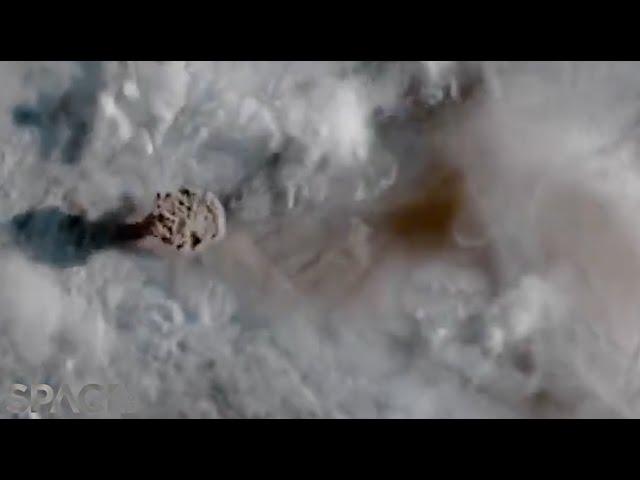
St. Vincent volcano's periodic eruptions seen from space
Added 277 Views / 0 LikesThe volcano on the island of St. Vincent in the Caribbean has been erupting periodically and "the activity could continue for weeks," according to NOAA. The GOES-East satellite captured footage of smoke plumes generated by the volcano on April 11, 2021. C
-
01:07
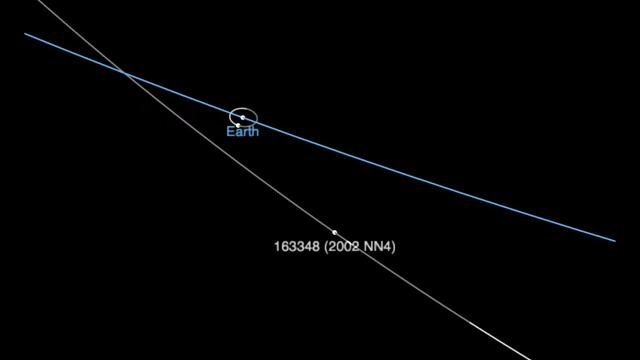
Stadium-size asteroid 2002 NN4 will fly safely by Earth - Orbit animation
Added 474 Views / 0 LikesAsteroid 163348 (2002 NN4) closest approach on June 6, 2020 will be "13 lunar distances (LD) - 13 times the distance of the Moon from Earth, or approx. 3.2 million miles/5.1 million km," according to NASA’s Planetary Defense Coordination Office. The aster
-
01:04
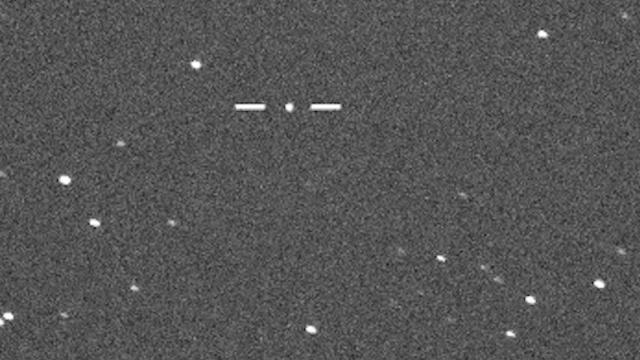
Stadium-size asteroid captured by Virtual Telecope Project ahead of closest approach to Earth
Added 106 Views / 0 LikesAsteroid 2008 OS7 was captured by Gianluca Masi from Virtual Telescope Project on Jan. 31, 2024. It's closest approach to Earth was about 1.77 million miles (2.85 million kilometers) away. The space rock is rought 90 feet (271 meters) wide. Credit: Space.
-
01:05
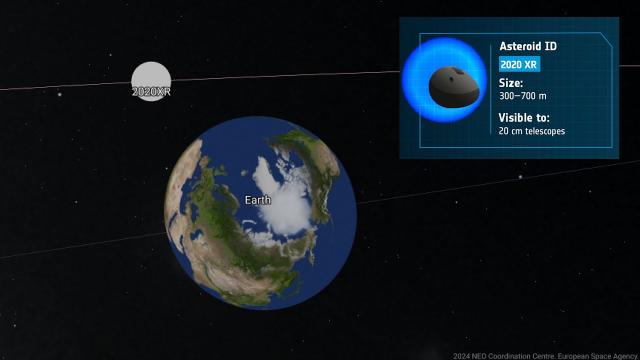
Stadium-size asteroid safely flies by Earth in orbit animation
Added 96 Views / 0 LikesAsteroid 2020 XR flew about 1.37 million miles (2.2M km) away from Earth on Dec. 4, 2024. The space rock is estimated to be about 300-700 km (248-434 miles) wide. Credit: Space.com | animation courtesy: 2024 NEO Coordination Centre - European Space Agency
-
01:02
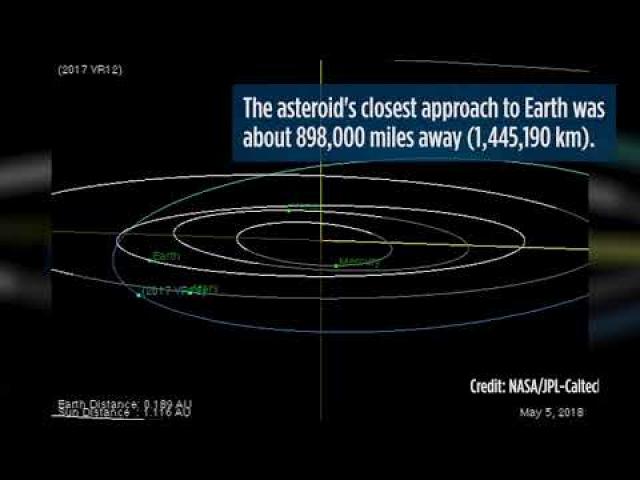
Stadium-Size Asteroid's Earth Fly-By Captured by Telescope
Added 536 Views / 0 LikesAsteroid 2017 VR12 safely flew by Earth on Mar. 7, 2018. Its closest approach to Earth was about 898,000 miles away (1,445,190 km). Gianluca Masi (Virtual Telescope Project) and Michael Schwartz (Tenagra Observatories) snapped imagery of the estimated 840
-
00:11

Stage Separation
Added 602 Views / 0 LikesHigh speed video of Falcon 1 interstage separation test, all-aluminum skin and stringer version. Conducted at SpaceX's former headquarters, El Segundo, California.
-
01:10
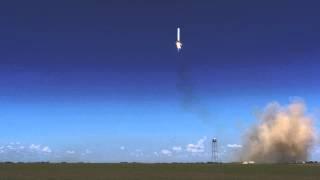
Stampede! SpaceX's Grasshopper Startles Cows | Video
Added 795 Views / 0 LikesIn this fixed camera view, SpaceX's Grasshopper makes a lateral movement of 300 feet before returning to its launchpad, but not before startling a nearby herd of cows.- Main launch video and story here: http://goo.gl/txzhcD
-
10:21

Stand Up practice. Pt 1 Laying Down
Added 366 Views / 0 LikesI'm practicing my stand up comedy while laying down.
-
01:28
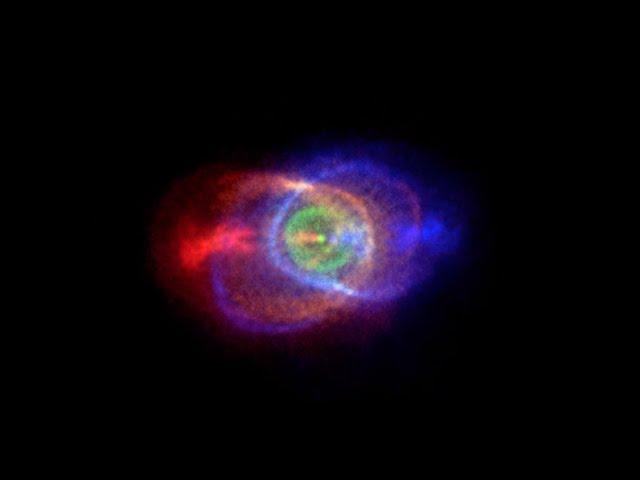
Star 'puffs' into red giant, shreds companion - aftermath spotted
Added 454 Views / 0 LikesThe Atacama Large Millimeter/submillimeter Array (ALMA) was used to observe star system HD 101584. A star in the system enlarged into a Red Giant and caused its companion star to shed it outer layers. The gas cloud that formed as a result was spotted by A
-
01:22
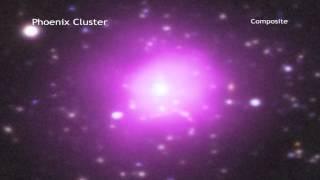
Star 'Resurrecting' Phoenix Cluster Astounds Astronomers | Video
Added 901 Views / 0 LikesLocated in the constellation of same name, the Phoenix Cluster has come back to life, bursting with new star formation. NASA's Chandra X-ray Observatory, the NSF's South Pole Telescope and others studied this huge celestial object.
-
01:04
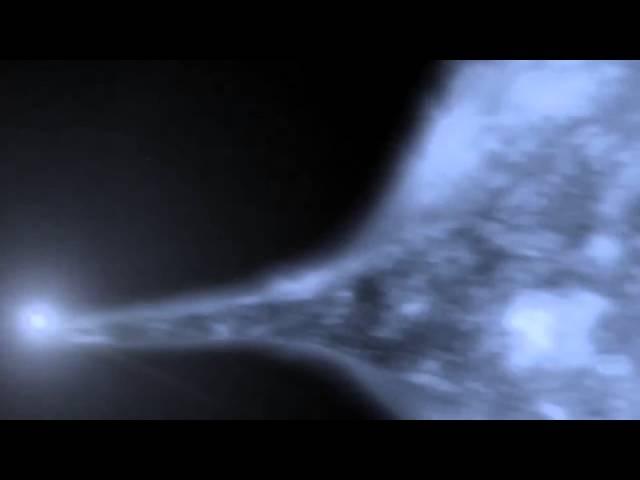
Star Blasting Away From Galaxy At Record Speed | Animation
Added 758 Views / 0 LikesStar Blasting Away From Galaxy At Record Speed | Animation
-
09:44
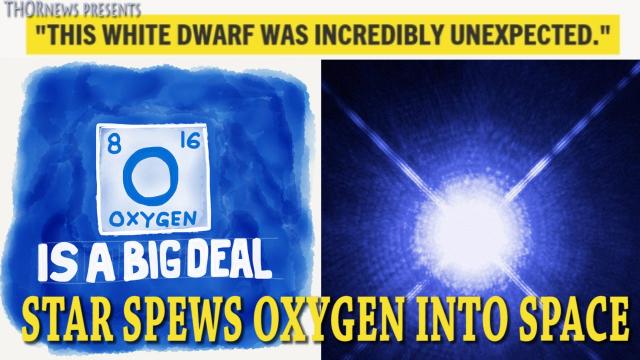
STAR breaks Science! White Star Dwarf that spews Oxygen discovered! Can u breathe in Space?
Added 798 Views / 0 LikesSTAR breaks Science! White Star Dwarf that spews Oxygen discovered! Can u breathe in Space?
-
01:13
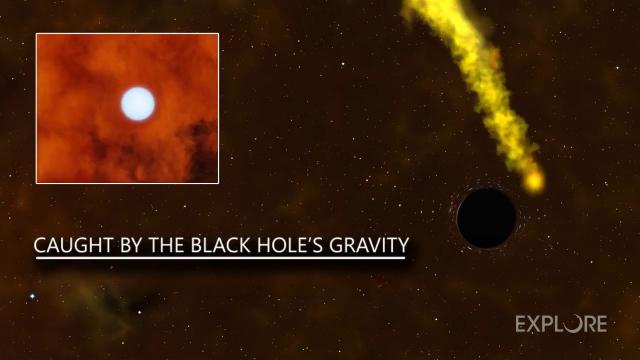
Star captured by black hole’s gravity, blasts x-rays
Added 441 Views / 0 LikesA star that was captured by a black hole’s gravity has survived but it will loss mass with every close approach it makes over the next trillion years. Full Story:(https://www.space.com/star-survives-black-hole-approach.html)Credit: NASA/CXC/A. Hobart
-
01:46

Star Caught EXPLODING Early!!! Film at 11.
Added 682 Views / 0 LikesStar Caught EXPLODING Early!!! Film at 11.
-
01:12
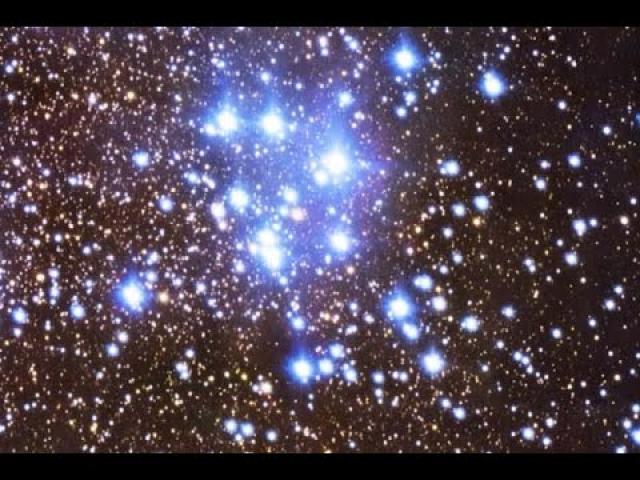
Star Cluster 'Family Photos' Can Provide Deep Insight | Video
Added 677 Views / 0 LikesStar Cluster 'Family Photos' Can Provide Deep Insight | Video
-
01:12
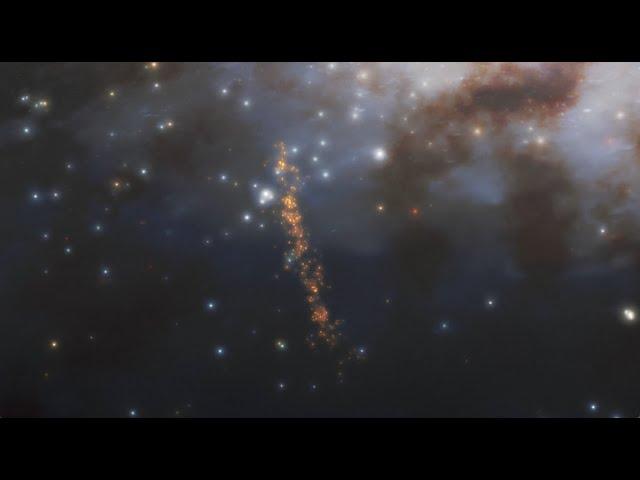
Star cluster 'ruins' discovered at Milky Way rim
Added 250 Views / 0 LikesA stellar stream, which has been dubbed C-19, has been discovered at the edge of the Milky Way galaxy. Credit:Images and Videos: International Gemini Observatory/NOIRLab/NSF/AURA/J. da Silva/Spaceengine Acknowledgment: M. Zamani (NSF’s NOIRLab)Music: Stel
-
01:20

Star Cluster Messier 67 Harbors Planets | Fly-Through Animation
Added 838 Views / 0 LikesThe old star cluster in the Cancer constellation is home to at least 3 planets. - one of which orbits the Sun's twin. ESO's Harp planet hunter instrument, mounted on a Chilean telescope, found the hot gas world. This animation reveals one world. Read more
-
01:46
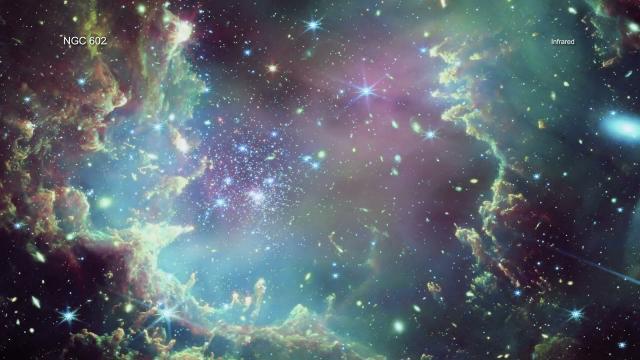
Star cluster resembles 'cosmic wreath' in Chandra X-ray Telescope tour for holidays
Added 57 Views / 0 LikesCheck out an amazing view of star cluster NGC 602 for the holidays. It "lies on the outskirts of the Small Magellanic Cloud," according to the Chandra X-ray Telescope team. Credit: NASA/CXC/A. Hobart
-
01:18

Star Explosions! 4 Different Supernovas Visualized by NASA
Added 465 Views / 0 LikesWatch as white dwarf and gigantic stars go BOOM in a variety of scenarios. -- In Rare Supernova, Cocooned Star Dies Super-Rapid Death: https://www.space.com/40086-rare-supernova-star-explosion-seen-by-kepler.html Credit: Space.com / animations courtesy NA

